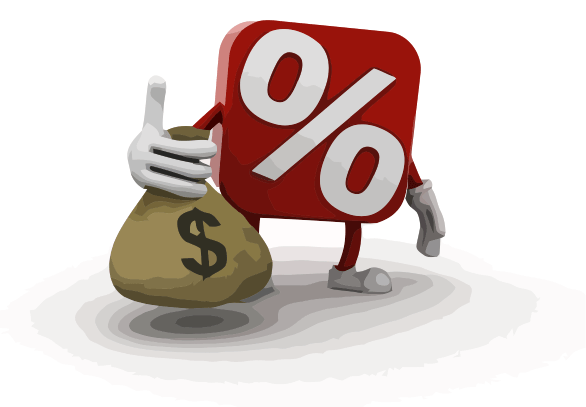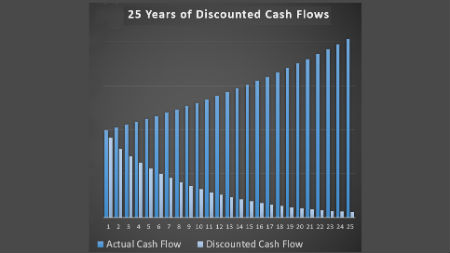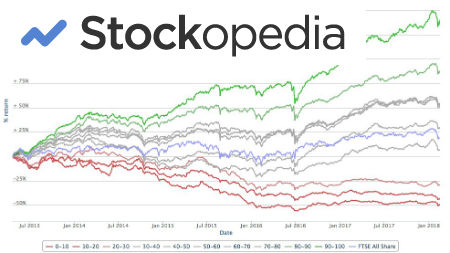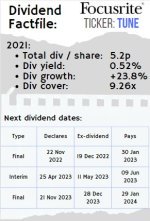Dividend payout ratio - what is it and how can it help you invest?

The dividend payout ratio tells you what proportion of a firm's earnings are paid out in dividends to shareholders. The payout ratio can be very useful in telling you how safe a dividend is - in other words, how likely it is to be maintained and increased in future.
As a rule of thumb, you should look for stocks with lower ratios. A dividend payout ratio of less than 50% indicates a fairly safe dividend, because the company will likely be able to maintain or increase this level of pay out the following year as well as investing in further expansion.
On the other hand, a dividend payout above 80% may indicate a less secure dividend because a company paying at this level will not have much to invest in the future and is already paying out the vast majority of its earnings to shareholders.
"That all sounds straightforward" you say, but unfortunately, it isn't always as simple as that as one off events can affect the earnings of a company in any given year and more analysis is usually required to measure the safety of a dividend.
How to calculate the dividend payout ratio
The calculation is fairly simple.
Take the annual dividend per share of a company and divide this by the earnings per share of a company and multiply by 100.
In 2015, for example, AT&T earned $2.37 per share and paid out dividends of $1.89 per share. Therefore the dividend payout ratio was (1.89/2.37)*100 = 79.7%. This means that, as a shareholder, you received almost 80% of AT&Ts earnings as a cash dividend.
Be careful with earnings!
Earnings (profits) can often be skewed by one off events that temporarily move earnings higher or lower. An example of a one off event that would mean higher than normal earnings could be the sale of a company asset such as a subsidiary business or a property.
Subsidiaries or properties like these are normally carried on the balance sheet at the original cost the company paid for them, but this could be years ago.
So if an asset is sold for more than this book value (aka "carrying value") then the income statement will show a far higher level of earnings for this particular year. This results in higher earnings per share and a lower payout ratio than would otherwise be the case from the ongoing operations of the business.
Of course, earnings can also be materially lower from one time events as well.
A common example of this would be an impairment charge which means the carrying value of an asset on the balance sheet has to be written down. This would not result in a cash charge for that year but under accounting rules the charge must be taken in the income statement and would lower the earnings per share.
Impairment charges usually indicate mistakes from cash spent in previous years and mean the asset is not worth what management believed it once was. This is clearly not good news but your hope, as an investor, is that this will not recur.
Management will often give you a "core" or "adjusted" earnings per share number which attempts to strip out these one time earnings fluctuations.
Sometimes this is valid but sometimes you need to be a little careful that they are not simply telling you what they want you to believe. For example a "restructuring charge" often contains very real costs such as redundancy payments.
In reality, large businesses are making workers redundant every year but sometimes a "restructuring" enables the management to "hide" these redundancy costs behind a restructuring charge.
Here is the dictionary definition of "dividend payout ratio" for more information. Some investors use the inverted definition which is known as the dividend cover. We've written about that here.
Got a BURNING dividend question for 6-figure dividend earner Mike Roberts?
What is it that you really want to know about investing?
Submit a query and Mike will write a page in response.
PLEASE NOTE - in accordance with our terms of use, responses are meant for education / interest only. We do not give specific financial advice.



